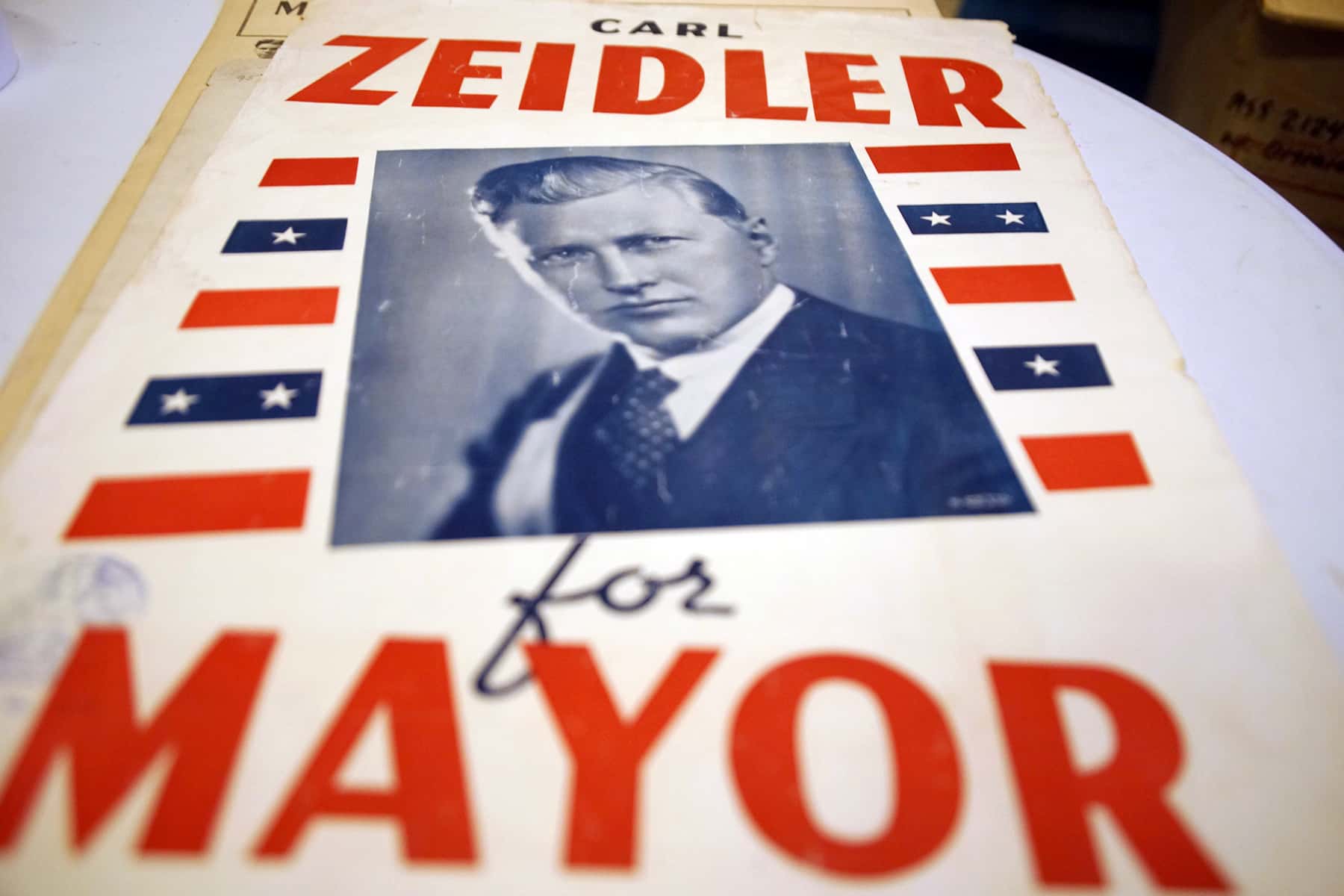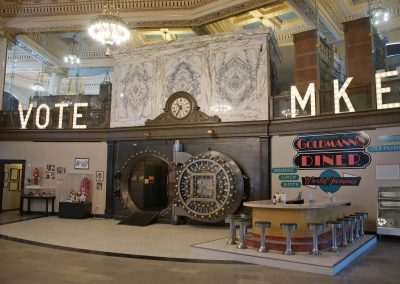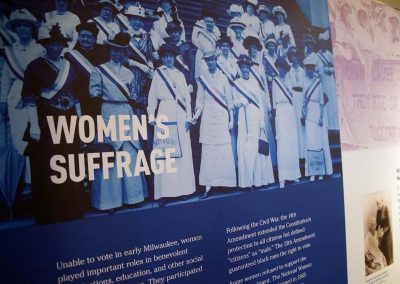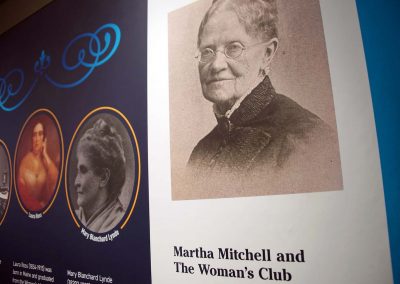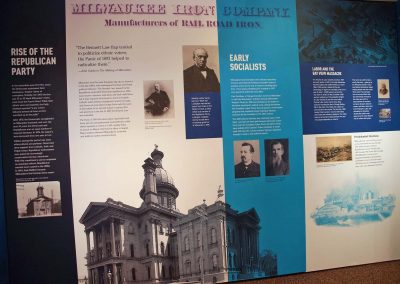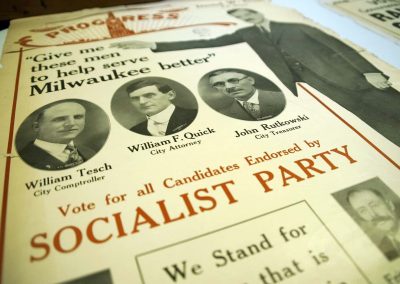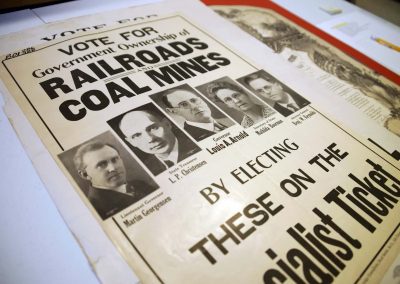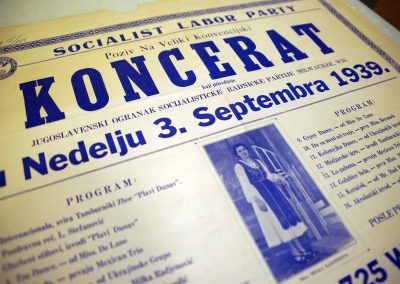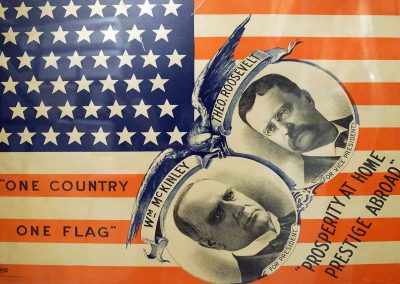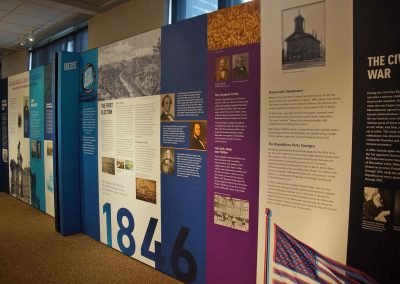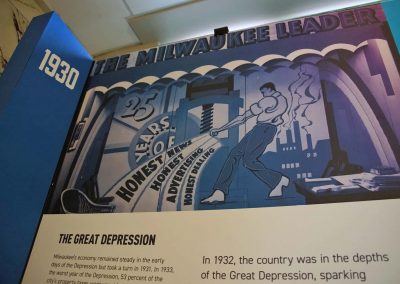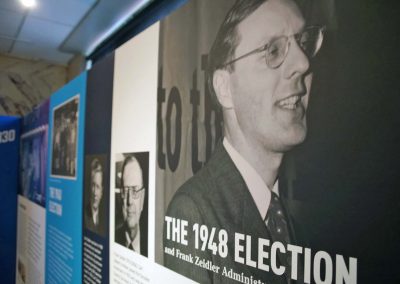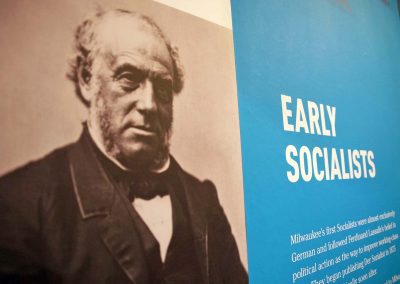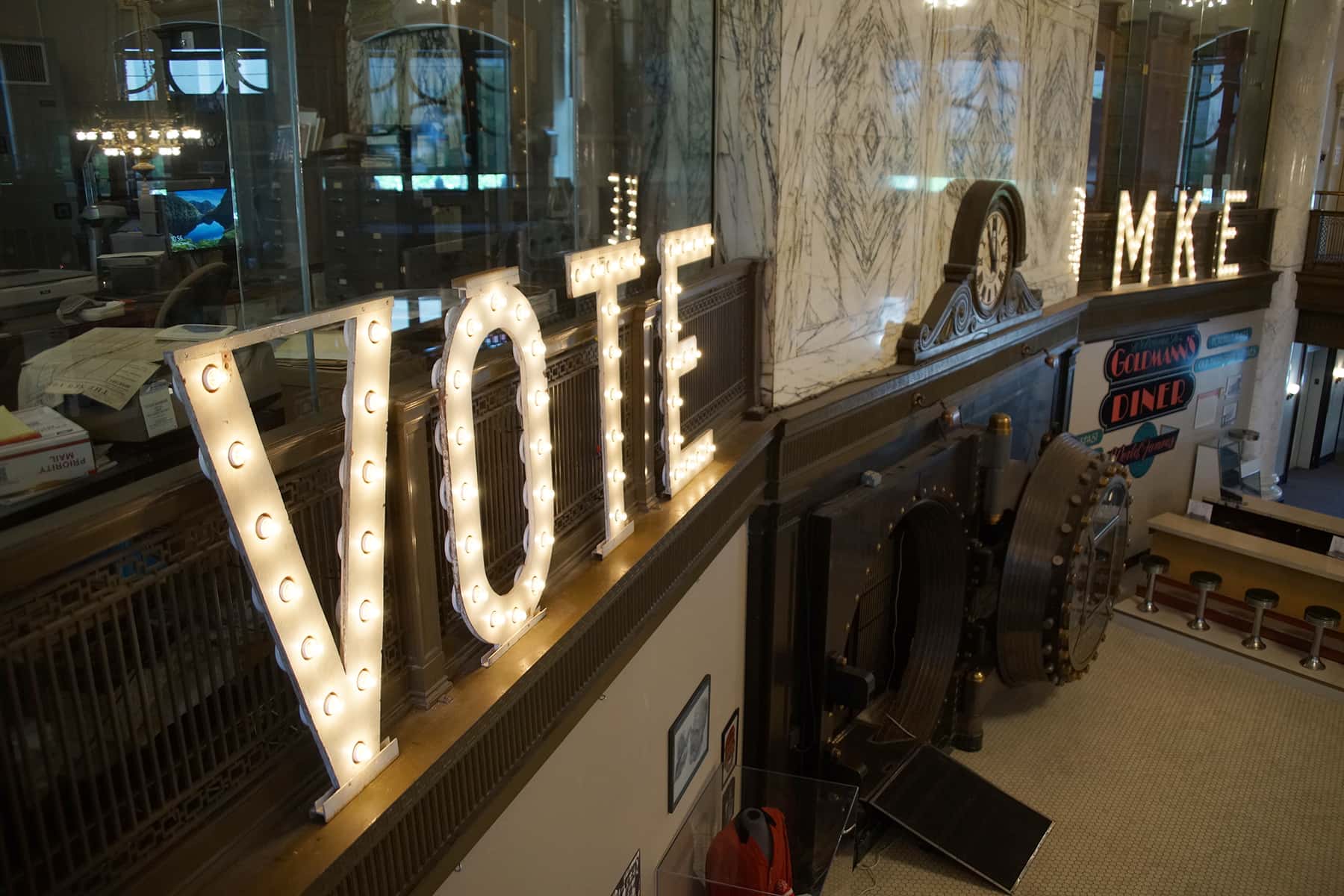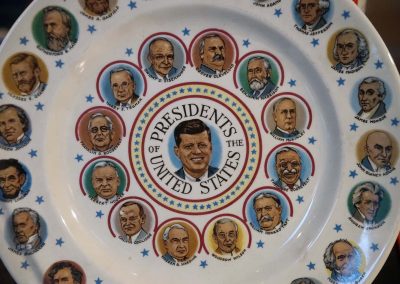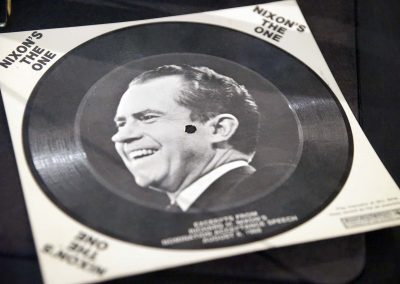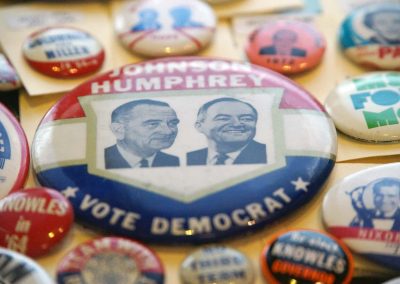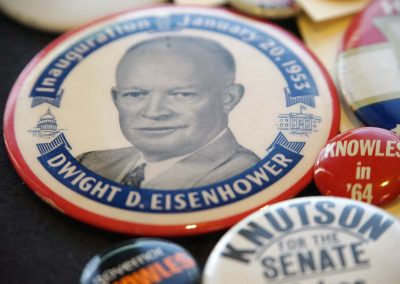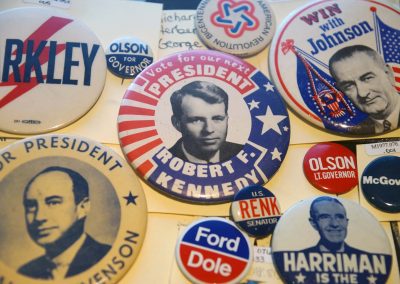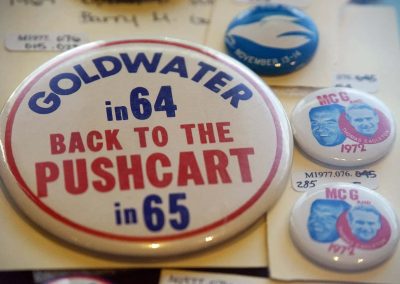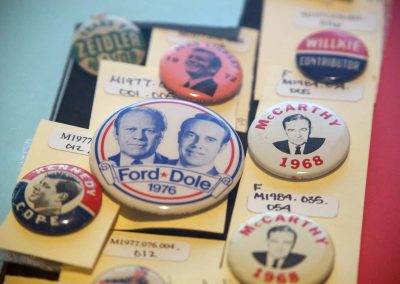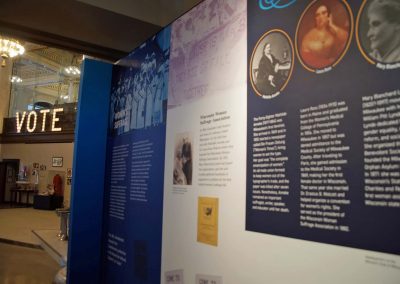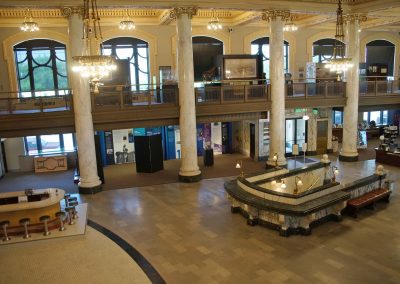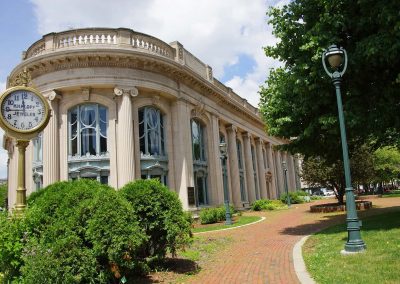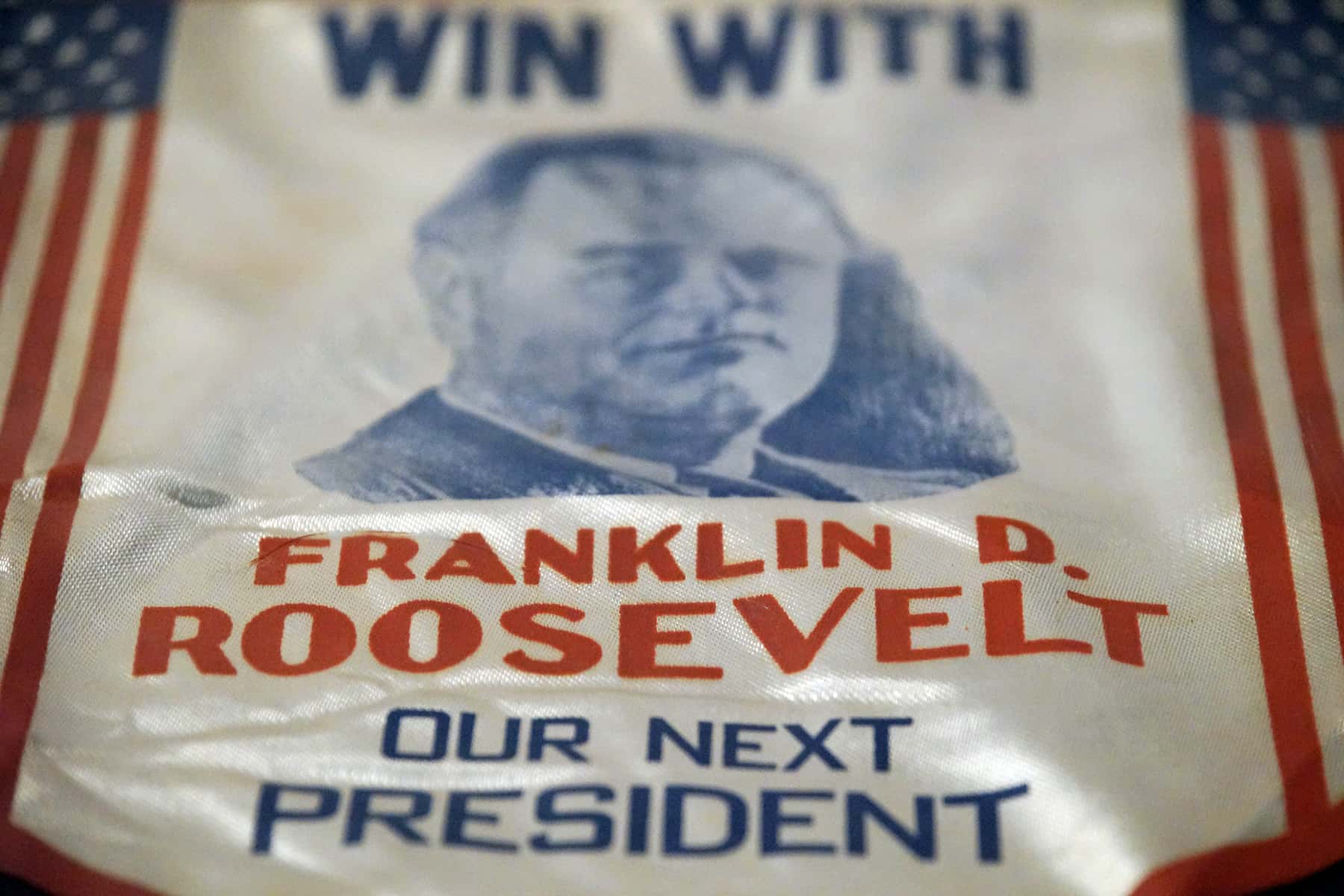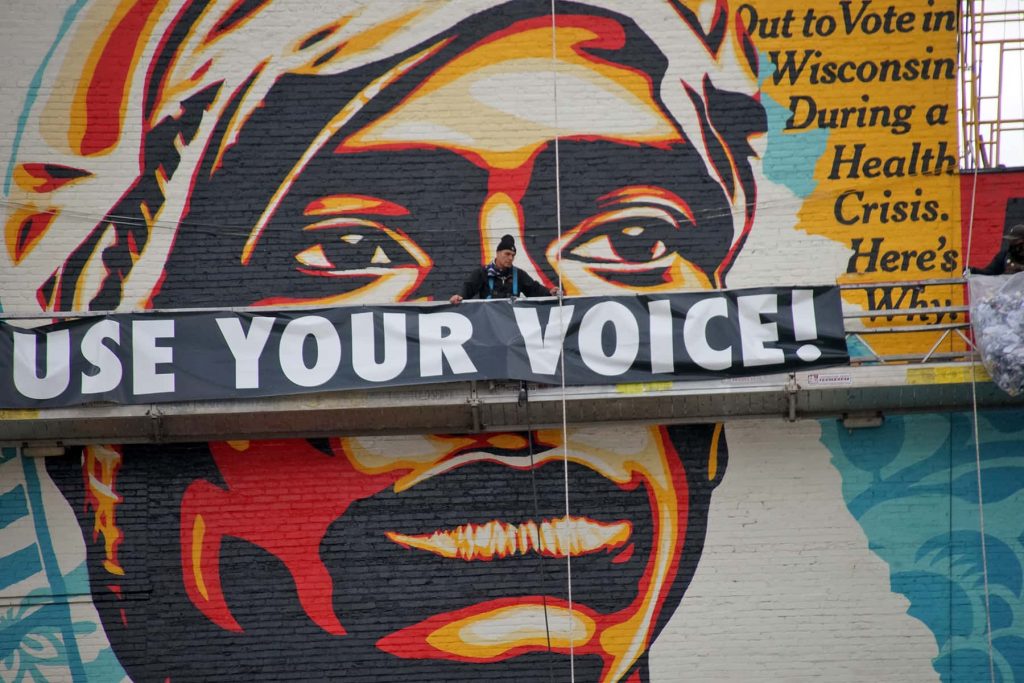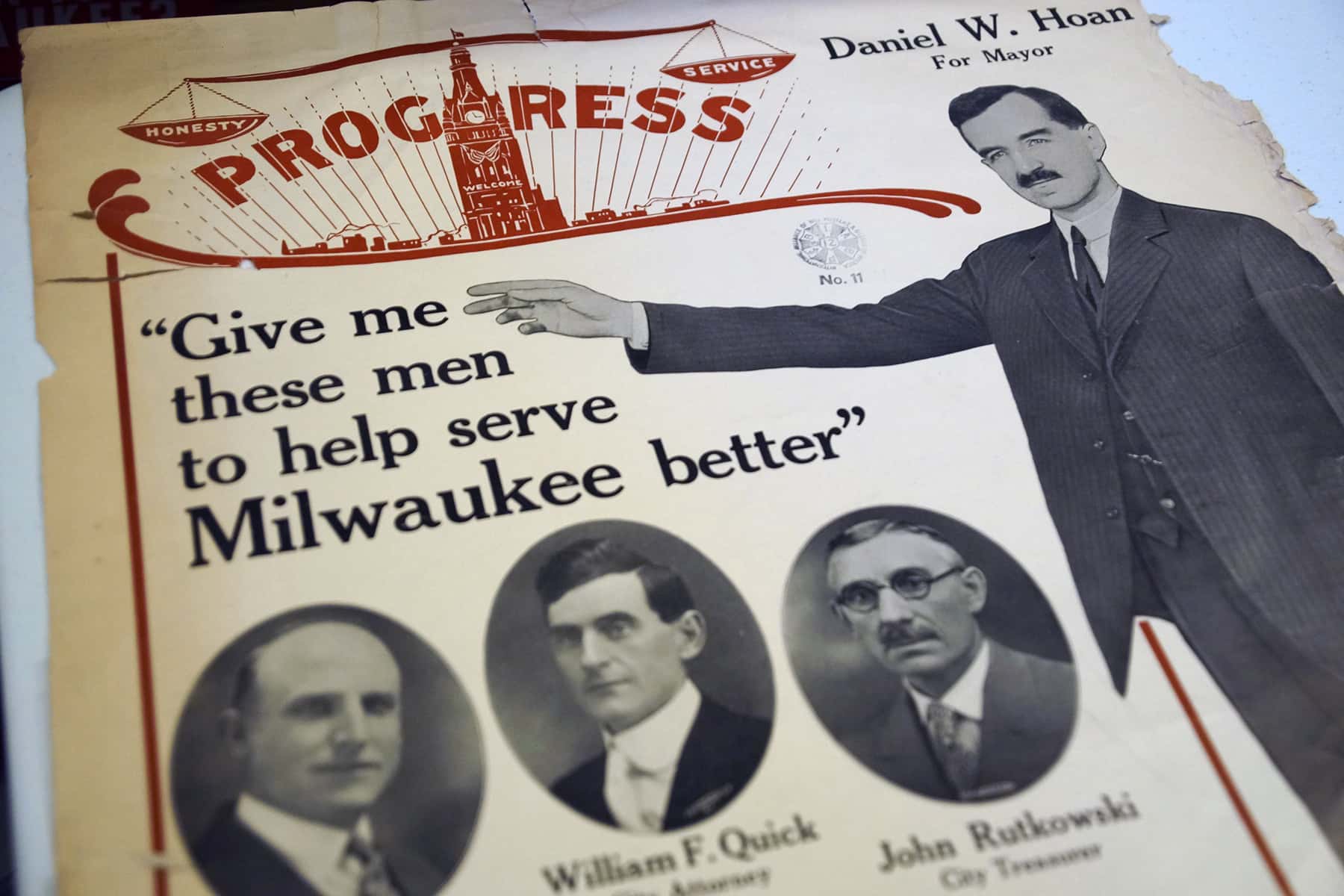
The Milwaukee County Historical Society (MCHS), which closed in March due to the COVID-19 pandemic, will return to welcoming guests on June 29 with safety protocols and a new exhibit that spans 150 years of Milwaukee’s political history.
As part of the new safety procedures, all visitors, staff, and volunteers will be required to wear masks during their visit. Additional protocols include increased cleaning procedures, sanitization stations, and social distancing measures.
“The staff has worked hard to be sure that we can continue to carry out our mission of sharing Milwaukee’s history while also ensuring visits can be safe and that social distancing measures are observed,” said Mame McCully, Executive Director of the Milwaukee County Historical Society. “We have had to make some changes, but we are confident that the quality of our service to the public has not changed.”
The “Revealed: Milwaukee’s Unseen Treasures” exhibit, which began in January and was to run through April, has been extended. A highlight of the exhibit is the original Goldmann’s dining counter.
Debuting on June 29 will be the new featured display, “Better, Bigger, Brighter: 150 Years of Milwaukee Politics.” The exhibit is especially fitting for Milwaukee due to the city’s position as host of the 2020 Democratic National Convention.
The historic collection takes a broad look at the history of Milwaukee politics from the very beginning, when Milwaukee was not even a city, up through 1988. It concentrates on what is the most unique aspect of Milwaukee’s political legacy – the Socialist period, 50 years of Socialist rule in Milwaukee.
“In Milwaukee, their Socialism was very pragmatic and one could even say it was conservative. In its earliest incarnations in the 1870s and 1880s, it was a little more radical. It was much more about protecting the rights of factory workers,” said Ben Barbera, Curator of the Milwaukee County Historical Society. “But what grew out of that was something that really was a product of political expediency.”
Socialism, as an American institution, can be traced to the post-Civil War era with the U.S. Federal government’s Reconstruction program to rebuild the South after the end of slavery. The term was used by former slave owners and the white Southern aristocracy to attack and impede reparation efforts promised to Blacks. The expression “a redistribution of wealth” also comes from this time, and was part of the effort to deny Blacks social and economic equality.
Milwaukee’s Socialism was a very practical, pragmatic, and financially stable form of government. Victor L. Berger was the first to realize that he could combine labor with other progressive forces, and create a Socialist government that served all of the people of Milwaukee. They were very focused on public works, internal improvements, streets, and bridges. In fact, they were called the Sewer Socialists, because they improved the sewer system. Such a thing may seem trivial today, but the city had suffer through a series of terrible cholera outbreaks between 1849 and 1854 that devastated the population.
Dan Hoan, who was Mayor for 24 years, only had a socialist majority once on the Common Council. But he was able to keep this socialist agenda going anyway, because it was practical and made sense. Milwaukee won awards for years as being the best police city, the safest city, the healthiest city, and all these distinctions came under the Socialists.
“One of the things that is really interesting about the Socialists, especially early on, is that these leaders really embodied the common man. The people who came into political power in Milwaukee in this period were machinists. They weren’t necessarily lawyers, and a lot of them worked in factories. They got their start organizing in the factory, and they happened to be good at organizing and leading,” said Barbera. “Emil Seidel, the first Socialist Mayor of Milwaukee was a pattern maker. He worked with his hands, and that’s what a lot of these Socialists did.”
Milwaukee’s history in the 20th century was completely opposite to its trends in the 19th century. Mayors turned over every year or two, and there was a lot more turmoil in the early part of Milwaukee’s political history. That situation finally began to change and stabilize with the Socialists.
“The Socialist aspect is what Milwaukee is known for, so I want people to understand the difference between the pejorative term Socialist and the more pragmatic and practical Socialist. That was Milwaukee’s history,” said Barbera. “People have such a knee jerk reaction to that word, they automatically assume that it is a bunch of Communists running around, trying to blow things up.”
The main drive behind the Milwaukee County Historical Society’s political exhibit was because the city was selected to host the DNC this year, where the party nominates its candidate for president. Even though that important national convention has been altered due to the coronavirus crisis and will take place as mostly a virtual event, MCHS still hopes that the public can enjoy the city’s unique political history.
“Because the DNC is scaled down, I think it is going to dramatically impact the number of people that see the exhibit, which is unfortunate,” added Barbera. “But, I hope that people will still take advantage of this opportunity and come to see it.”
As part of the exhibit, there is a focus on the Women’s Suffrage Movement, since this is the hundredth anniversary of the 19th Amendment. In addition to the museum and research library, the public can participate in the Society’s programming this summer. Weekly online presentations featuring local historians have been very popular and will continue after the museum opens. Historic kayak and bike tours are also being offered with safety and social distancing measures in place.
© Photo
Lee Matz

